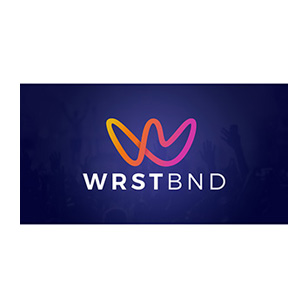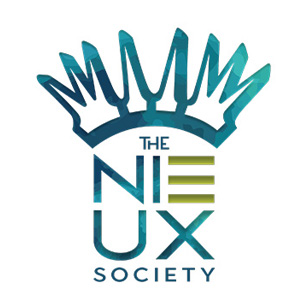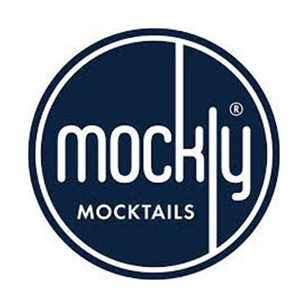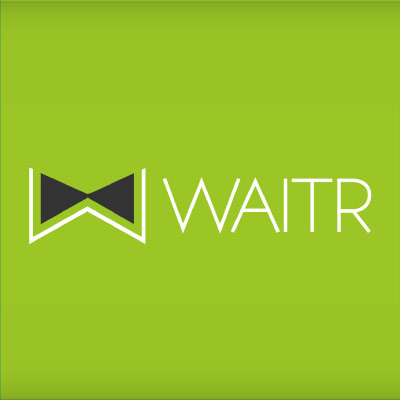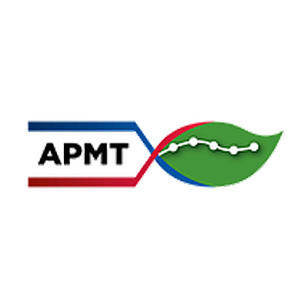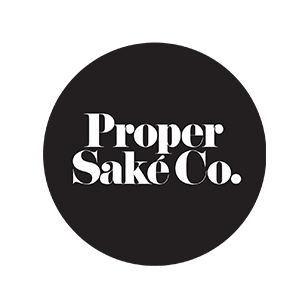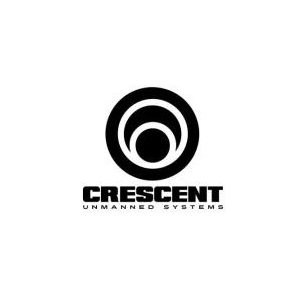Convertible Notes and SAFEs vs Equity: What’s the Better Deal?
Disclaimer: This post discusses general legal issues, but it does not constitute legal advice in any respect. This post is not a substitute for legal advice and is intended to generate discussion of various issues. No reader should act or refrain from acting on the basis of any information presented herein without seeking the advice of counsel. Cara Stone, LLP. and the author expressly disclaims all liability in respect of any actions taken or not taken based on any contents of this post. The views expressed herein are personal opinion.
We hear it all the time–a convertible note (or SAFE) is the best fundraising strategy for your seed round because it can help defray a low valuation. The saying usually goes something like this: “Let’s raise money quickly and push the valuation issue until after we hit key milestones. When we hit those milestones, the valuation will be way better, and we will have sold way less of the company.”
Is this line of thinking accurate? Maybe and maybe not! Before making a decision, you should run the numbers, and consider the following:
Historically, convertible notes were bridges between equity rounds, not starting points. Note terms became more aggressive in the last recession, which allowed investors to negotiate for terms like valuation caps more often.
Eventually, notes with valuation caps became common in the market. Now, they are common for many groups (although there are some exceptions, particularly in the hotter VC markets).
There may be great reasons to do a note, but startups should consider the economics carefully. We created this TOOL to allow you to do so. You can download it to model out the choice for yourself.
Below are some issues to consider when thinking about doing a note versus an equity round:
Valuation Caps.
If your convertible note or SAFE has a valuation cap, then you haven’t really postponed the valuation issue. A valuation cap is a protection required by investors in the vast majority of SAFEs and convertible notes funded today. It sets an upper limit on the price per share at which an investor’s money converts to equity when the next round of equity is raised.
To put it simply, if the negotiated valuation cap is lower than or equal to your reasonable equity valuation, you might more seriously consider an equity round instead. Why? Because the effective discount at which the amount of the SAFE investment or the interest under the convertible note (and accrued interest, in the case of a note) gives the investor more of your company than you would have sold in an equity round based on a valuation equal to the valuation cap.
“Valuation overhangs”.
Valuation overhangs give note or SAFE investors a better deal if you raise the next round at a valuation above your cap. Preferred Stock has what is called a “liquidation preference,” which is the amount preferred stockholders are entitled to receive before common stockholders receive any proceeds from a liquidation or deemed liquidation (e.g., sale, IPO or merger) of the Company.
The liquidation preference typically is the amount equal to the price per share that investors paid for the stock. For example, if you sell Preferred Shares at $1.00 per share to investors in the next round, and the discount implicit in the valuation cap of the SAFEs or convertible notes results in their converting into Preferred Shares at $0.80/share, you have just given your SAFE or convertible note investors $0.20 of “free” liquidation preference. You can draft documents to avoid this (e.g., you can create a Series A-1 Preferred that is identical to Series A- Preferred Stock except that its liquidation preference will be $0.80/share price at which the note or SAFE converts instead of the $1.00/share paid by the Series A Preferred Stock investors), but it will result in additional costs and complexity that many startups seek to avoid.
Change of control premiums.
Change of control premiums for convertible notes and SAFEs may be higher than your liquidation preference. If you anticipate an early exit while the note is outstanding, you may be worse off with a note or SAFE. Investors increasingly ask for a 1.5-2x repayment upon a change of control in a note (sometimes in a SAFE). There are no market documents for series seed preferred stock that give investors this kind of liquidation preference.
Costs.
Though this was not always the case, seed equity rounds now are not much more expensive in legal costs than note or SAFE rounds, and equity rounds may save you money later. As angels and seed investors become more sophisticated and organized around the country, they increasingly ask for terms that were not in note or SAFE rounds previously. For example, they may ask for board seats or covenants that require the company to do certain things or refrain from others without investor approvals. When these terms are added in later rounds, amending the note or SAFE can be cumbersome and costly. This is not always the case, but it is a factor that you should consider.
Summary
The convertible note or SAFE round may make the most sense for you. However, you should not go into a financing round thinking it is your only option. Instead, look at your financing strategy long term. When you are deciding between doing a convertible note/SAFE or an equity round, look carefully at the terms being offered in both scenarios.
Cara Stone offers a tool that allows you to model out the numbers and considered the issues above. Fill out the form below to receive the Convertible Note or SAFE vs. Equity Financing Tool.
More on SAFES, Convertable Notes, and Equity Financing Rounds:
When to Use a Convertible Note or SAFE
Jumpstart A Round Using a Note or SAFE
Disclaimer: This post discusses general legal issues, but it does not constitute legal advice in any respect. This post is not a substitute for legal advice and is intended to generate discussion of various issues. No reader should act or refrain from acting on the basis of any information presented herein without seeking the advice of counsel. Cara Stone, LLP. and the author expressly disclaims all liability in respect of any actions taken or not taken based on any contents of this post. The views expressed herein are personal opinion.
We hear it all the time–a convertible note (or SAFE) is the best fundraising strategy for your seed round because it can help defray a low valuation. The saying usually goes something like this: “Let’s raise money quickly and push the valuation issue until after we hit key milestones. When we hit those milestones, the valuation will be way better, and we will have sold way less of the company.”
Is this line of thinking accurate? Maybe and maybe not! Before making a decision, you should run the numbers, and consider the following:
Historically, convertible notes were bridges between equity rounds, not starting points. Note terms became more aggressive in the last recession, which allowed investors to negotiate for terms like valuation caps more often.
Eventually, notes with valuation caps became common in the market. Now, they are common for many groups (although there are some exceptions, particularly in the hotter VC markets).
There may be great reasons to do a note, but startups should consider the economics carefully. We created this TOOL to allow you to do so. You can download it to model out the choice for yourself.
Below are some issues to consider when thinking about doing a note versus an equity round:
Valuation Caps.
If your convertible note or SAFE has a valuation cap, then you haven’t really postponed the valuation issue. A valuation cap is a protection required by investors in the vast majority of SAFEs and convertible notes funded today. It sets an upper limit on the price per share at which an investor’s money converts to equity when the next round of equity is raised.
To put it simply, if the negotiated valuation cap is lower than or equal to your reasonable equity valuation, you might more seriously consider an equity round instead. Why? Because the effective discount at which the amount of the SAFE investment or the interest under the convertible note (and accrued interest, in the case of a note) gives the investor more of your company than you would have sold in an equity round based on a valuation equal to the valuation cap.
“Valuation overhangs”.
Valuation overhangs give note or SAFE investors a better deal if you raise the next round at a valuation above your cap. Preferred Stock has what is called a “liquidation preference,” which is the amount preferred stockholders are entitled to receive before common stockholders receive any proceeds from a liquidation or deemed liquidation (e.g., sale, IPO or merger) of the Company.
The liquidation preference typically is the amount equal to the price per share that investors paid for the stock. For example, if you sell Preferred Shares at $1.00 per share to investors in the next round, and the discount implicit in the valuation cap of the SAFEs or convertible notes results in their converting into Preferred Shares at $0.80/share, you have just given your SAFE or convertible note investors $0.20 of “free” liquidation preference. You can draft documents to avoid this (e.g., you can create a Series A-1 Preferred that is identical to Series A- Preferred Stock except that its liquidation preference will be $0.80/share price at which the note or SAFE converts instead of the $1.00/share paid by the Series A Preferred Stock investors), but it will result in additional costs and complexity that many startups seek to avoid.
Change of control premiums.
Change of control premiums for convertible notes and SAFEs may be higher than your liquidation preference. If you anticipate an early exit while the note is outstanding, you may be worse off with a note or SAFE. Investors increasingly ask for a 1.5-2x repayment upon a change of control in a note (sometimes in a SAFE). There are no market documents for series seed preferred stock that give investors this kind of liquidation preference.
Costs.
Though this was not always the case, seed equity rounds now are not much more expensive in legal costs than note or SAFE rounds, and equity rounds may save you money later. As angels and seed investors become more sophisticated and organized around the country, they increasingly ask for terms that were not in note or SAFE rounds previously. For example, they may ask for board seats or covenants that require the company to do certain things or refrain from others without investor approvals. When these terms are added in later rounds, amending the note or SAFE can be cumbersome and costly. This is not always the case, but it is a factor that you should consider.
Summary
The convertible note or SAFE round may make the most sense for you. However, you should not go into a financing round thinking it is your only option. Instead, look at your financing strategy long term. When you are deciding between doing a convertible note/SAFE or an equity round, look carefully at the terms being offered in both scenarios.
Cara Stone offers a tool that allows you to model out the numbers and considered the issues above. Fill out the form below to receive the Convertible Note or SAFE vs. Equity Financing Tool.
More on SAFES, Convertable Notes, and Equity Financing Rounds:
When to Use a Convertible Note or SAFE
Jumpstart A Round Using a Note or SAFE

